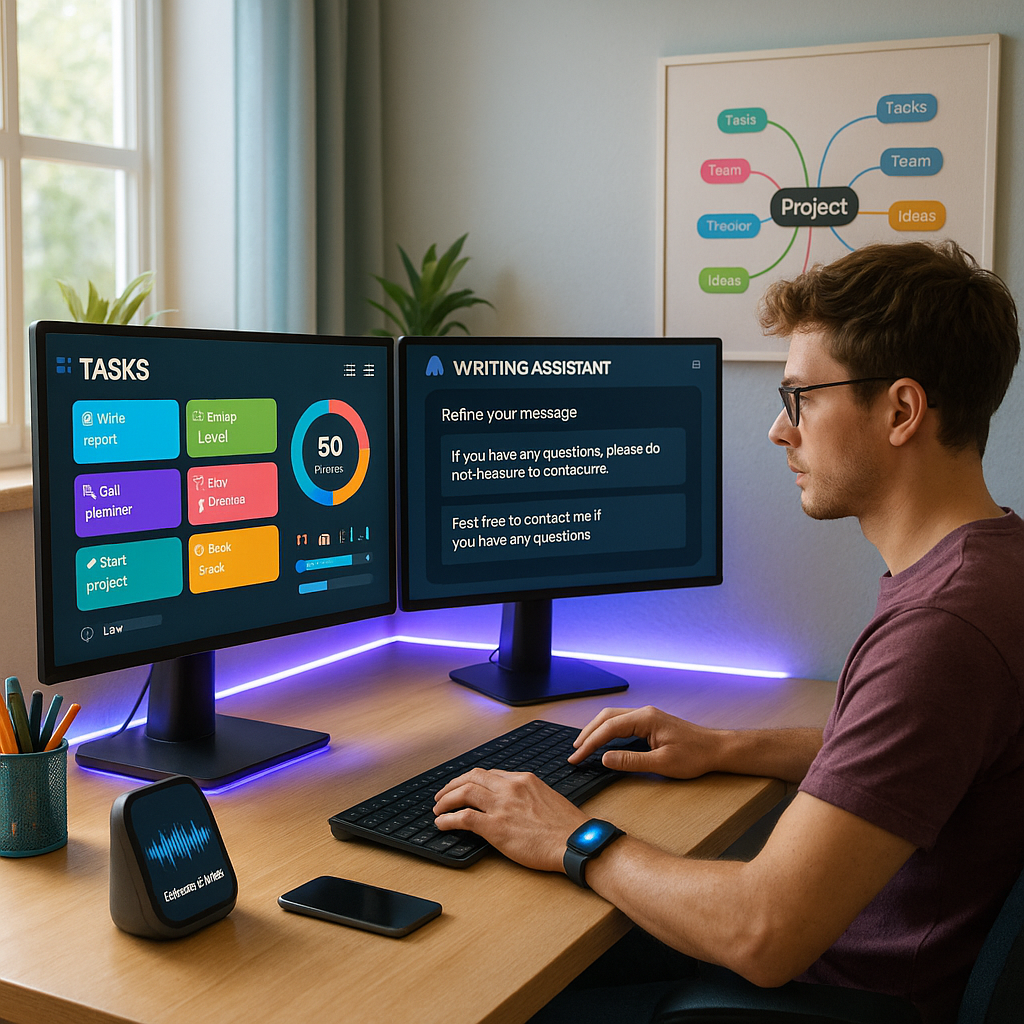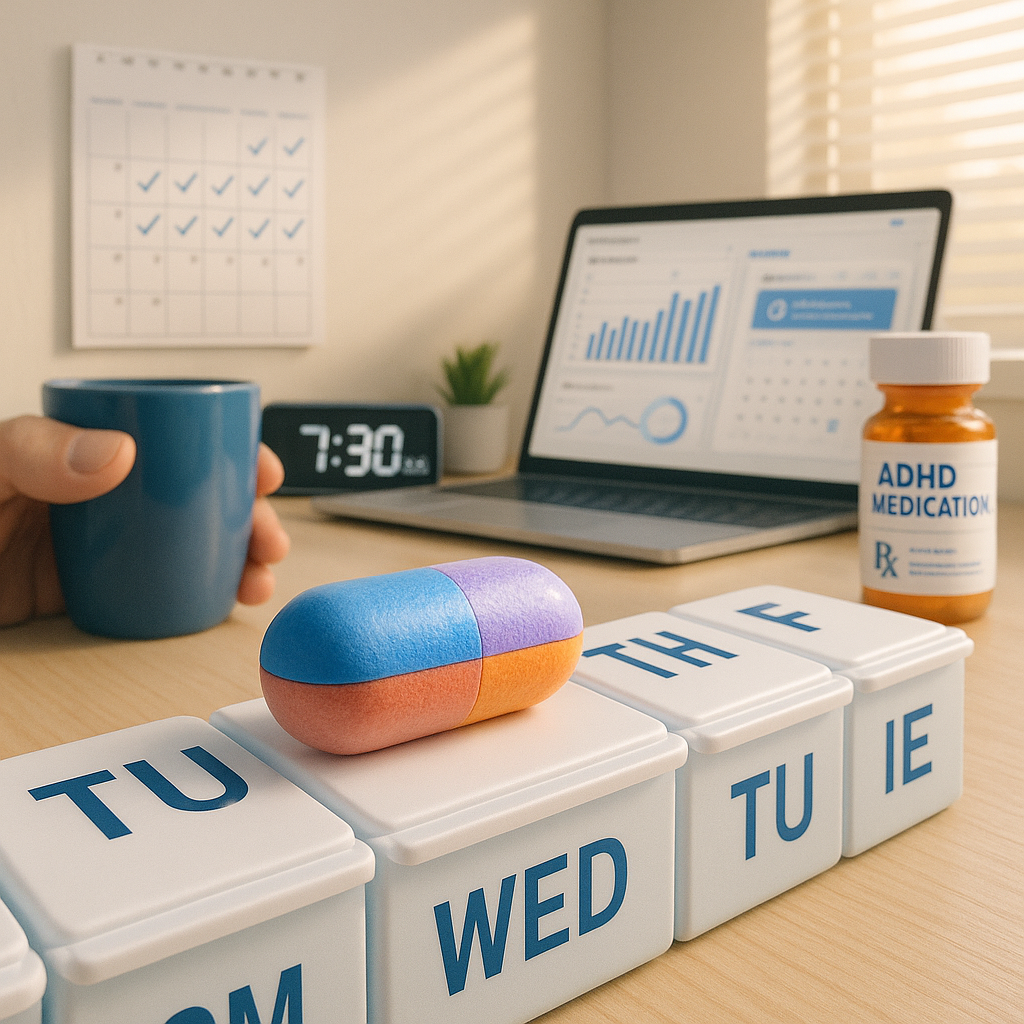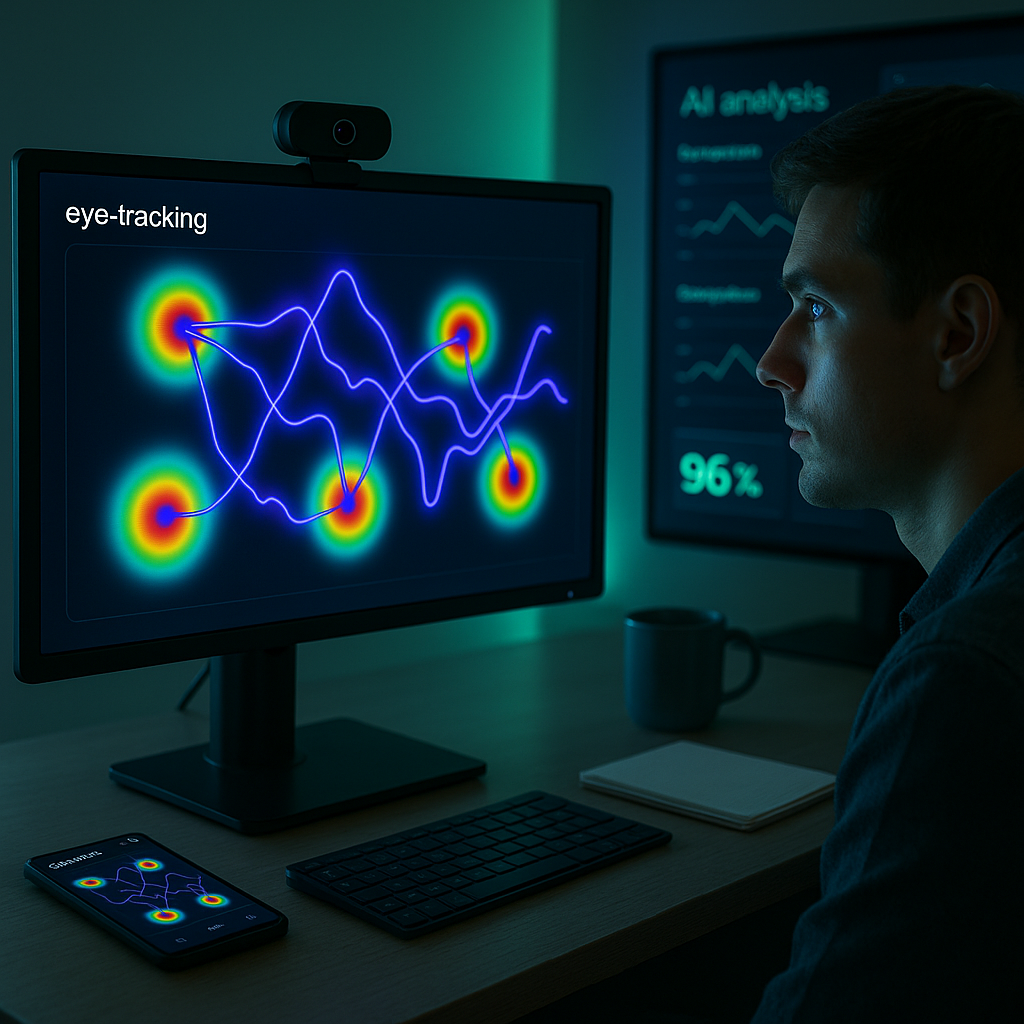Key Takeaways
- AI assistants boost focus: Customizable AI tools help channel hyperfocus and prevent distractions, making complex tasks more manageable for ADHD users.
- Automation curbs overwhelm: Scheduling, reminders, and workflow automation reduce decision fatigue and keep routines on track, even when executive function falters.
- Lived experience drives innovation: ADHDink’s solutions are shaped by firsthand neurodivergent insights, offering authentic strategies that resonate with real-world users.
- Technology enables scalable growth: Neurodivergent solopreneurs and creatives can use AI systems to scale businesses sustainably, without increasing stress or risking burnout.
- More adaptive tools in development: The next wave of AI apps aims to offer even more tailored and intuitive support for neurodivergent minds.
Introduction
Neurodivergent professionals are increasingly turning to AI-powered apps to transform workplace chaos into opportunity. ADHDink’s founder is a great example of this shift. Designed for ADHD and AuADHD needs, these AI tools help channel focus, automate routines, and ease decision fatigue. They empower users to scale their businesses sustainably while staying true to their strengths.
Task Management Transformation
AI-powered task management tools now adapt to individual ADHD work patterns, moving away from traditional one-size-fits-all methods. These systems learn from user behavior and adjust automatically to support natural workflow variations instead of enforcing rigid structures.
Smart sorting algorithms prioritize tasks by tracking executive function levels throughout the day. Software developer Maya Chen, who relies on AI tools for complex coding projects, said the system recognizes when she is in hyperfocus and adjusts notifications to match.
This technology reduces decision fatigue by intelligently batching tasks. Instead of overwhelming users with long lists, AI assistants group similar activities and suggest optimal timing grounded in historical productivity patterns.
Communication Enhancement
Natural language processing has significantly improved written communication for ADHD professionals. Beyond basic spell-checking, AI tools now deliver context-aware support that maintains consistent tone and clarity while honoring distinctive thinking patterns.
These systems help users translate rapid-fire thoughts into clear, professional communication. Marketing strategist James Torres, who uses AI to refine client presentations, described the technology as a collaborative editor who really understands how his brain works.
Voice-to-text capabilities, paired with AI organization, make it easier to capture ideas during periods of intense creativity. These tools automatically structure them into actionable formats.
Time Management Intelligence
AI time tracking tools detect work patterns and energy fluctuations, helping ADHD professionals align tasks with their natural rhythms. The technology pinpoints optimal focus periods and recommends schedule adjustments that maximize productivity without causing burnout.
Smart calendar systems buffer realistic transition times between activities, addressing the task-switching challenges common in ADHD. These tools blend flexibility with structure, allowing schedules to support rather than hinder neurodivergent tendencies.
The systems also provide gentle, context-aware reminders that adjust based on user responses. This replaces disruptive interruptions with more effective prompts.
Project Planning Support
AI-driven project management tools break down complex initiatives into manageable components while keeping the big picture in view. These systems help bridge the gap between visionary ideas and practical execution, a common challenge for ADHD professionals.
The technology identifies potential bottlenecks in advance and suggests alternative approaches based on individual work patterns. Architect Sarah Patel noted that AI helps her channel creative energy while making sure projects stay on course.
Visual mapping features support non-linear idea exploration. At the same time, AI maintains oversight of critical dependencies, balancing creative freedom with structured delivery.
Collaborative Workflows
AI collaboration tools promote better team integration for neurodivergent professionals, translating varied working styles into complementary strengths. These systems help manage group dynamics while protecting individual focus time and energy management needs.
Smart filtering reduces information overload during team interactions by prioritizing communication according to context and urgency. This technology sustains engagement without overwhelming, creating collaborative environments that people actually want to stick with.
Project handoffs are smoother. AI assists in translating between diverse organizational styles, ensuring critical details remain intact and respecting each team member’s preferred work methods.
Conclusion
AI apps are transforming the landscape for ADHD professionals, turning work challenges into opportunities for clarity, flexibility, and collaboration. With smart tools adapting to individual rhythms and thinking styles, these innovations support creativity and focus across projects and teams. What to watch: continued updates as next-generation features emerge to address even more ADHD-specific workflow needs.





Leave a Reply